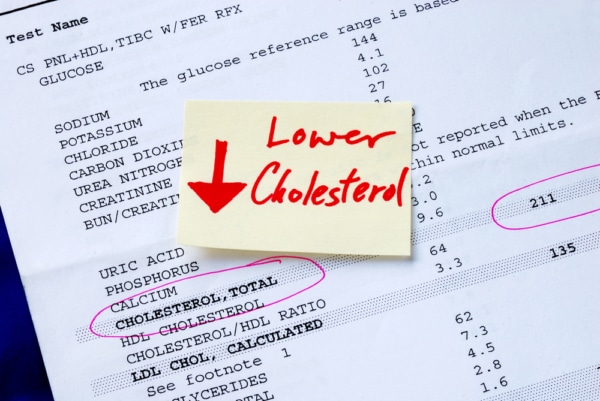KNOW YOUR NUMBERS
As we age, we may experience declines in our ability to walk, to carry out of activities of daily living, to enjoy the activities we enjoy doing and to stay independent. Some declines or complications that impede our independent lifestyle arise due to lack of physical activity, unhealthy diet, hereditary, being overweight, age or gender. While some of these factors, such as our genetics, age and gender cannot be changed; our lifestyle-related factors, including our activity levels and diet are directly correlated to our weight and can be altered to give ourselves an overall healthy lifestyle and prevent decrease the likelihood of developing heart disease, stroke and diabetes.
The three critical health factors and ranges one should maintain for a healthy lifestyle and disease prevention include:
- Blood Cholesterol, which is a waxy substance located in the blood cells in addition to the lining of the arteries and veins. Cholesterol consists of HDL or “good cholesterol”, LDL or “bad cholesterol” and triglycerides, which together makes up your total cholesterol level. Total cholesterol should be less than 200 mg/dL. “Good” HDL cholesterol helps reduce the buildup of the “bad” LDL cholesterol and triglycerides. An optimal levels of good cholesterol is anything less than 40 mg/dL. Bad cholesterol levels should stay below 100 mg/dL.
- Blood Pressure is the pressure of the blood in your circulatory system. It is important as it reflects certain characteristics of heart health including the rate and force of heart contractions as well as how open and elastic the blood vessels are. Blood pressure consists of two numbers: the systolic number, or the top number on a reading, gives the pressure when your heart is pumping or pushing blood out to the body; the diastolic, or bottom number, reflects when the heart is at rest and filling with blood. A normal blood pressure reads less than 120/80 mm Hg.
- Blood Sugar is the amount of sugar (glucose) circulating throughout the body. Blood sugar fluctuates during the day depending on the food choices you select and the time of day you chose to eat them.
Having blood sugar levels that are too low can put you at risk of becoming weak or light-headed while having high blood sugar levels can cause hardening of the blood vessels and lead to other complications, such as diabetes. Healthy blood sugar levels range between 5.5-6.9 mmol/L.
These readings should be tested, identified and tracked over time with your physician. Early detection of abnormal readings can give you time to re-gain control of your health and to reduce your risks of future complications. These ranges can be decreased by:
- Following the physical activity recommendations by the American Heart Association (AHA); the AHA advises at least 30 minutes of moderate intensity aerobic activity throughout the day at least 5 days per week for a total of 150 minutes or 20 minutes of vigorous-intensity at least 3 times a week. This cardiovascular exercise is suggested to be combined with strengthen training exercises 2-3 times a week.
- Making healthy food choices at the table as well as in the grocery store. Choose foods that are fresh, and non-processed when possible, such as lean meats and fresh vegetables that will give you the most vitamins, minerals and nutrients.
With a pro-active, healthy lifestyle, you’ll be set to take control of your life to not only age in place, but enjoy life’s journey along the way. It’s important to know your numbers! Speak with your physician with any concerns you may have and start tracking today!



















